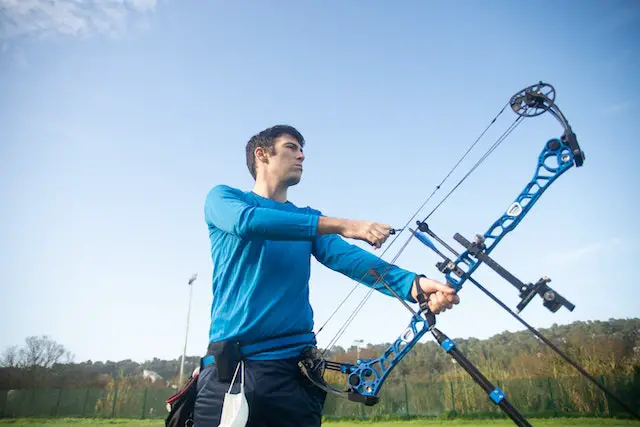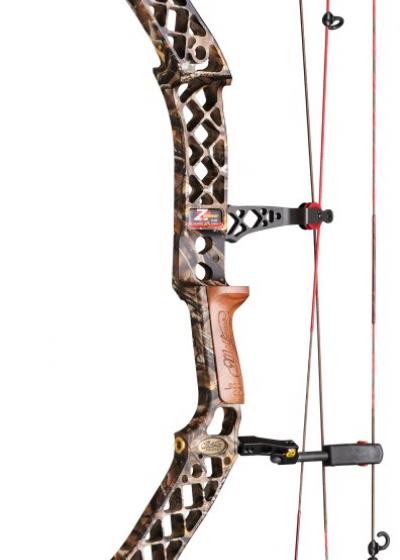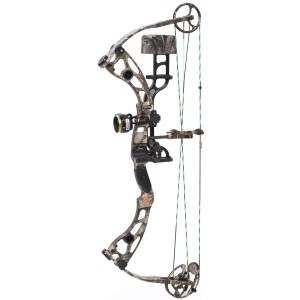How To Become A Better Archer
If you’re looking to take your archery skills to the next level, understanding the ins and outs of compound bows is a must. Combining tradition with innovation, compound bows have become the weapon of choice for many archers, thanks to their power, accuracy, and adjustability. From their unique components like cables, pulleys, and cams, to choosing the right bow for your purpose and maintaining it properly, this guide has got you covered. So, whether you’re a seasoned pro or just beginning your archery journey, mastering the art of the compound bow will surely make you a better archer.
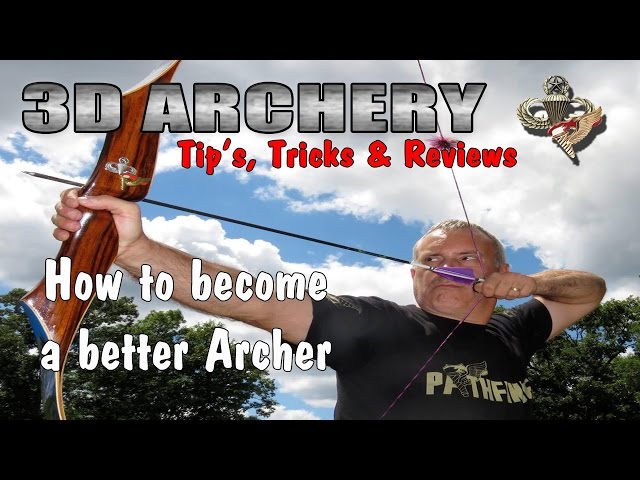
Understanding the Basics of Archery
Archery is an ancient skill that requires precision, focus, and physical strength. To become a better archer, it is essential to understand the basics of the sport. This section will cover key aspects such as mastering the stance and posture, gripping the bow correctly, understanding hand placement, and different aiming techniques.
Mastering the Stance and Posture
The first step in becoming a better archer is to master your stance and posture. Start by standing perpendicular to the target with your feet shoulder-width apart. Keep your body relaxed and your weight evenly distributed on both feet. Your front foot should be slightly angled towards the target, while your back foot acts as a stabilizing force. Maintain an upright posture with your chest open and your shoulders relaxed.
Gripping the Bow Correctly
The way you grip the bow can greatly impact your accuracy and consistency. To grip the bow correctly, place the grip of the bow on the life line of your hand, between the base of your thumb and your index finger. Keep your fingers relaxed and avoid gripping the bow too tightly. A loose and relaxed grip will allow for better control and minimize unnecessary tension.
Understanding Hand Placement
Hand placement is crucial in archery, as it affects the release and follow-through. Your bow hand should be slightly angled, with the knuckles of your fingers forming a 45-degree angle. Position your fingers around the bow grip, ensuring that your palm is not touching the bow. This grip allows for a clean release and helps prevent torque on the bow.
Aiming Techniques
There are various aiming techniques in archery, and finding the one that works best for you is essential. Two common aiming techniques are the gap method and the point of aim method. The gap method involves visually aligning the target with a predetermined gap between the target and the tip of the arrow. The point of aim method, on the other hand, involves focusing on a specific point on the target to aim for. Practice different techniques and find the one that feels most natural and effective for you.
Developing Strength and Endurance
Archery requires both physical and mental strength. To enhance your archery performance, it is essential to develop strength and endurance. This section will explore exercises for archery strength, building core muscles, and improving upper body strength.
Exercises for Archery Strength
To build archery-specific strength, incorporating exercises that target the muscles used in archery is crucial. Pull-ups, push-ups, and resistance band exercises are excellent options for strengthening the muscles involved in drawing the bow. Additionally, exercises that focus on the back, shoulders, and arms, such as rows and lateral raises, can also help improve overall strength.
Building Core Muscles
A strong core is essential for stability and balance in archery. Incorporate exercises such as planks, Russian twists, and bicycle crunches to strengthen your core muscles. Additionally, exercises that engage the obliques, such as side planks and woodchoppers, can improve rotational stability and control during the shooting motion.
Improving Upper Body Strength
Strong upper body muscles are crucial for an accurate and consistent shot. Incorporate exercises that target the back muscles, such as lat pulldowns and bent-over rows. Additionally, exercises that engage the shoulders and arms, such as shoulder presses and bicep curls, can help improve the stability and control required for a steady aim.

Perfecting Your Draw and Release
Drawing and releasing the bow correctly is essential for accuracy and consistency in archery. This section will cover understanding draw length, mastering the release technique, and finding the right anchor point.
Understanding Draw Length
The draw length is the distance between your bow hand at full draw and the string of the bow. Having the correct draw length is crucial for consistent shooting. To determine your draw length, extend your arm and measure the distance from the tip of your middle finger to the corner of your mouth. There are also tools available, such as bow scales, that can help determine your draw length accurately.
Mastering the Release Technique
The release technique is crucial for a clean and accurate shot. There are various release aids available, such as finger tabs and mechanical releases, which can help improve consistency. With finger tabs, focus on a smooth and controlled release, avoiding any jerky or sudden movements. With mechanical releases, practice activating the release with back tension, allowing for a crisp and controlled release.
Finding the Right Anchor Point
The anchor point is the point where you consistently bring your bowstring hand to your face. Finding the right anchor point is crucial for consistent shooting. The most common anchor points are the corner of the mouth, the chin, and the tip of the nose. Experiment with different anchor points and find the one that allows for a comfortable and repeatable shot.
Enhance Your Accuracy with Proper Sighting
Proper sighting is essential for accurate and consistent shooting. This section will cover choosing the right sight, adjusting sight pins, and understanding sight alignment.
Choosing the Right Sight
There are various types of sights available, including fixed pin sights, adjustable sights, and single pin sights. Choose a sight that suits your shooting style and preferences. Consider factors such as ease of adjustment, visibility of the sight pins, and the number of pins required for your shooting distances.
Adjusting Sight Pins
Once you have chosen a sight, it is essential to adjust the sight pins for accurate aiming. Start by setting the pin for your desired distance, typically the average distance you shoot. Then, adjust the other pins for different distances based on your shooting preferences. Practice shooting at various distances to ensure the sight pins are accurately aligned.
Understanding Sight Alignment
Proper sight alignment involves aligning the sight pins, peep sight, and target for accurate aiming. Ensure that the sight pins are centered in the peep sight and that the target is directly behind the sight pins. Practice aligning the sight correctly and maintaining focus on the target for improved accuracy.

Mastering the Art of Mental Focus
Archery is not just about physical skills; mental focus is equally important. This section will explore techniques for developing concentration and focus, using visualization techniques, and managing performance anxiety.
Developing Concentration and Focus
Developing concentration and focus is crucial for consistent and accurate shooting. Practice deep breathing exercises to calm your mind and improve focus. Additionally, incorporate mindfulness techniques, such as meditation and visualization, to enhance your ability to stay present and focused during each shot.
Using Visualization Techniques
Visualization is a powerful tool for improving performance in archery. Before executing a shot, take a moment to visualize the perfect shot in your mind. Imagine the trajectory of the arrow, the feeling of a smooth release, and the sound of the arrow hitting the target. Visualize success and positive outcomes to boost confidence and improve performance.
Managing Performance Anxiety
Performance anxiety can negatively impact accuracy and consistency in archery. Develop strategies to manage anxiety, such as positive self-talk, relaxation techniques, and focusing on the process rather than the outcome. Remember to enjoy the process of shooting and embrace the challenges as opportunities for growth.
Improving Your Shooting Form
Proper shooting form is essential for consistent and accurate shooting. This section will cover working on proper body alignment, maintaining a consistent anchor point, and perfecting follow-through.
Working on Proper Body Alignment
Proper body alignment is crucial for stability and accuracy. Stand perpendicular to the target, with your feet shoulder-width apart and your body relaxed. Ensure that your chest is open, your shoulders are relaxed, and your back is straight. Avoid leaning too far forward or backward, as it can affect your balance and stability.
Maintaining a Consistent Anchor Point
Consistency is key in archery, and maintaining a consistent anchor point is essential for repeatable shots. Focus on bringing your bowstring hand to the same spot on your face for each shot. Experiment with different anchor points and find the one that allows for a comfortable and repeatable shot.
Perfecting Follow-Through
Follow-through is the completion of the shooting motion after releasing the bowstring. Maintain a relaxed and open body posture after the release, allowing your muscles to naturally follow through with the shot. Avoid flinching or jerking your bow hand, as it can negatively impact accuracy. Practice smooth and controlled follow-through for improved consistency.

Understanding and Adjusting for Environmental Factors
Archery is an outdoor sport, and understanding and adjusting for environmental factors is crucial for consistent shooting. This section will cover wind compensation techniques, shooting in different lighting conditions, and adapting to different terrains.
Wind Compensation Techniques
Wind can greatly affect the trajectory of your arrows. Develop techniques for compensating for wind, such as aiming off to the side or using wind flags to gauge wind direction and speed. Practice shooting in varying wind conditions to become familiar with how it affects your arrows’ flight.
Shooting in Different Lighting Conditions
Lighting conditions can impact visibility and aiming accuracy. In bright sunlight, consider using a peep sight shade or sunglasses to reduce glare and improve visibility. In low-light conditions, such as at dawn or dusk, ensure you have proper lighting and consider using a sight light to illuminate your sight pins.
Adapting to Different Terrains
Archery is often practiced in diverse terrains, and adapting to different environments is crucial for consistent shooting. Practice shooting on various terrains, such as flat grounds, uneven surfaces, or in wooded areas. Familiarize yourself with the challenges posed by different terrains and adjust your shooting technique accordingly.
Learning from Mistakes: Analyzing and Adjusting
Learning from mistakes is an essential part of improving as an archer. This section will cover recognizing and understanding common errors, analyzing shots, and keeping a training journal.
Recognizing and Understanding Common Errors
Mistakes happen in archery, but being able to recognize and understand common errors is essential for growth. Some common errors include plucking the bowstring, collapsing the bow arm, and improper grip. Analyze your shots and identify any recurring errors to address them effectively.
Analyzing Shots and Adjusting
After each shot, take the time to analyze and evaluate your technique. Pay attention to factors such as body alignment, grip, release technique, and follow-through. Make adjustments based on your analysis and practice the corrected technique consistently to improve your shooting.
Keeping a Training Journal
Keeping a training journal is a valuable tool for tracking your progress and identifying areas for improvement. Record details about each practice session, including the number of shots, distance, and any observations or insights. Review your journal regularly to identify trends, set goals, and track your improvement over time.
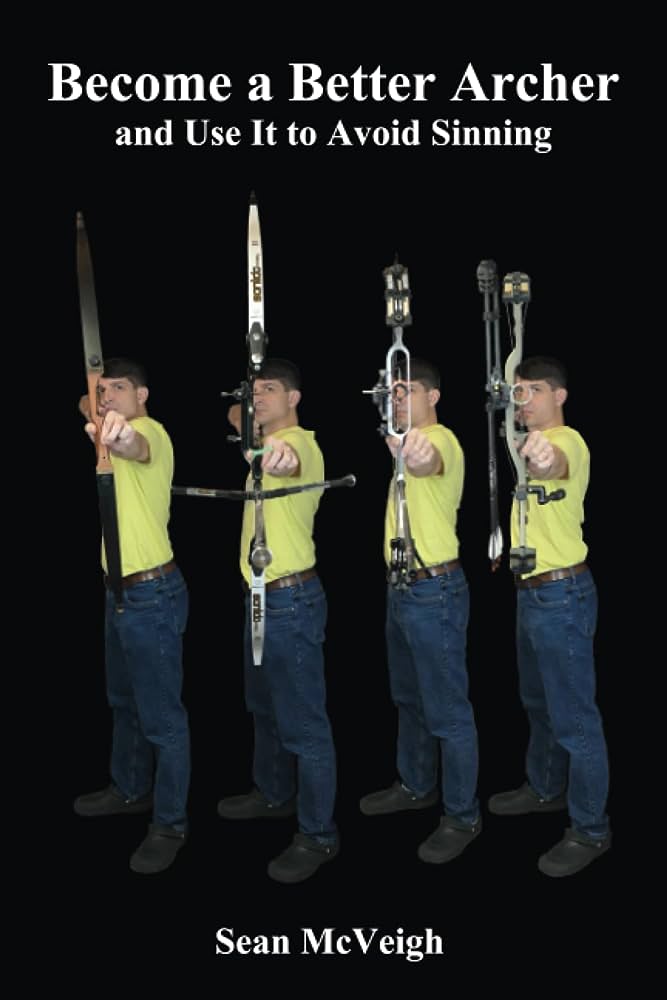
Utilizing Archery Equipment to Enhance Performance
Archery equipment plays a significant role in performance. This section will cover choosing the right arrows, understanding different arrowheads, and choosing the right bow accessories.
Choosing the Right Arrows
Choosing the right arrows is crucial for optimal performance. Consider factors such as arrow length, spine stiffness, and material. Consult with an experienced archery professional or coach to determine the appropriate arrows for your specific bow and shooting style.
Understanding Different Arrowheads
Arrowheads come in various types, such as field points, broadheads, or target points. Each arrowhead has its specific purpose and is used for different types of archery. Familiarize yourself with the different arrowheads available and choose the one that suits your shooting needs.
Choosing the Right Bow Accessories
Bow accessories can enhance your shooting experience and performance. Consider accessories such as stabilizers, sights, and arrow rests to improve accuracy and consistency. Experiment with different accessories and consult with experts to find the ones that complement your shooting style and preferences.
Seeking Professional Guidance and Training
Seeking professional guidance and training is invaluable for improving as an archer. This section will explore joining an archery club or team, working with a qualified coach, and participating in competitions and events.
Joining an Archery Club or Team
Joining an archery club or team provides access to experienced archers, structured training programs, and a supportive community. Being part of a club or team allows you to learn from others, participate in regular training sessions, and engage in friendly competitions. It is an excellent way to immerse yourself in the archery community and accelerate your progress.
Working with a Qualified Coach
Working with a qualified coach can provide personalized guidance and feedback tailored to your specific needs. A coach can assess your technique, identify areas for improvement, and provide guidance on proper form and training methods. They can also help you set goals, track your progress, and keep you accountable throughout your archery journey.
Participating in Competitions and Events
Participating in archery competitions and events allows you to put your skills to the test and gain valuable experience. It exposes you to different shooting scenarios, challenges you to perform under pressure, and provides opportunities for growth. Competing alongside other archers also fosters a sense of camaraderie and motivates you to continuously improve.
In conclusion, becoming a better archer requires dedication, practice, and a solid understanding of the fundamentals. Mastering the basics of archery, developing strength and endurance, perfecting your draw and release, enhancing accuracy through proper sighting, mastering the art of mental focus, improving shooting form, understanding and adjusting for environmental factors, learning from mistakes, utilizing archery equipment, and seeking professional guidance all contribute to becoming a better archer. Embrace the journey, stay persistent, and enjoy the rewarding experience of archery.

